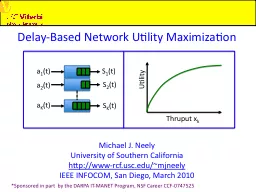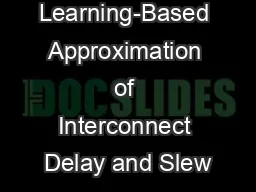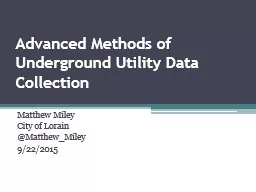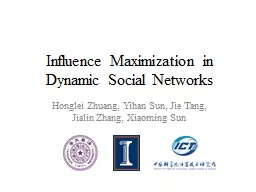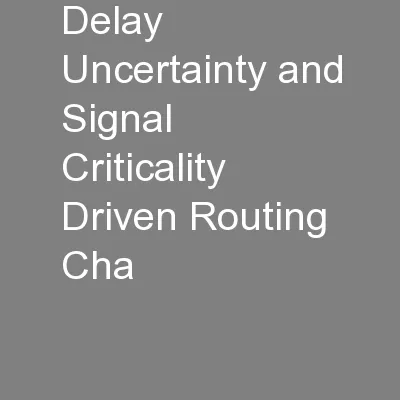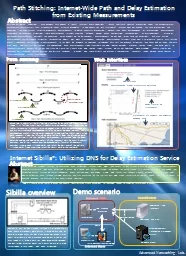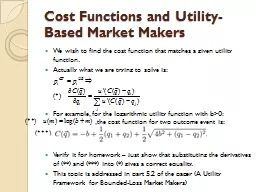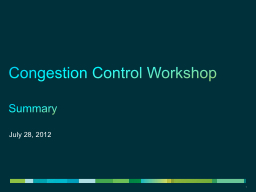PPT-Delay-Based Network Utility Maximization
Author : karlyn-bohler | Published Date : 2018-03-23
Michael J Neely University of Southern California httpwwwrcfuscedumjneely IEEE INFOCOM San Diego March 2010 Sponsored in part by the DARPA ITMANET Program NSF Career
Presentation Embed Code
Download Presentation
Download Presentation The PPT/PDF document "Delay-Based Network Utility Maximization" is the property of its rightful owner. Permission is granted to download and print the materials on this website for personal, non-commercial use only, and to display it on your personal computer provided you do not modify the materials and that you retain all copyright notices contained in the materials. By downloading content from our website, you accept the terms of this agreement.
Delay-Based Network Utility Maximization: Transcript
Download Rules Of Document
"Delay-Based Network Utility Maximization"The content belongs to its owner. You may download and print it for personal use, without modification, and keep all copyright notices. By downloading, you agree to these terms.
Related Documents

